The Future of AR and VR
We are all familiar with the term ‘virtual’ or ‘augmented’ reality but don’t fully understand the implications for the future. When we think about a new reality constructed in the future VR & AR play a great role in stimulating these emulations, to create an experience similar to our reality at hand or one completely different than the world we see on a daily basis.
The future of these two computer-generated technologies are astounding, as we now go from interpreting a version of reality that really isn’t there, rather than perceiving our world through our limited senses.
Now before we jump into the specifics of both technologies, let’s understand them as separate applications as well.
Virtual Reality-A New World
Many of us assume that virtual reality has been a marketing buzzword to describe immersive experiences with video games or TV shows selectively, as they can make you adapt to a whole new world of a computer-generated reality.
You can often think of virtual reality as being a gateway to a whole new world, where you can respond to what you see and what you see can respond back to you. The computer-generated technology is harnessed to make this virtual reality look 100% believable to the human eye since VR changes to match how your senses are stimulated.
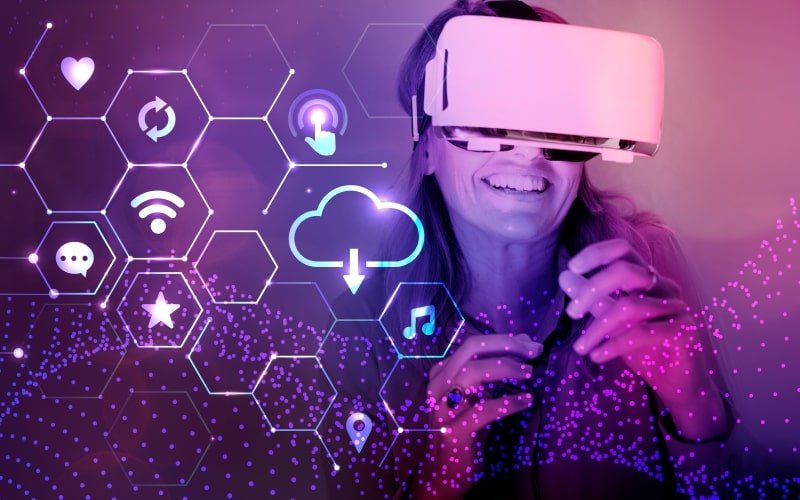
Image Credit: claudeai.wiki
Applications of Virtual Reality
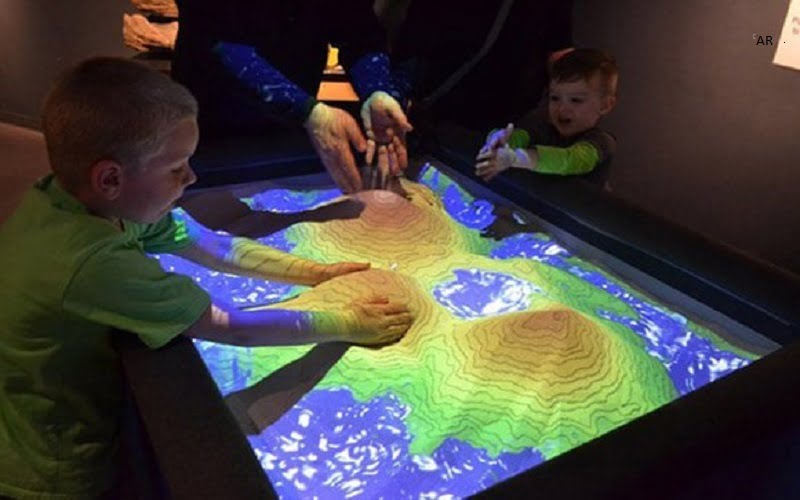
Education

Medicine/Surgery
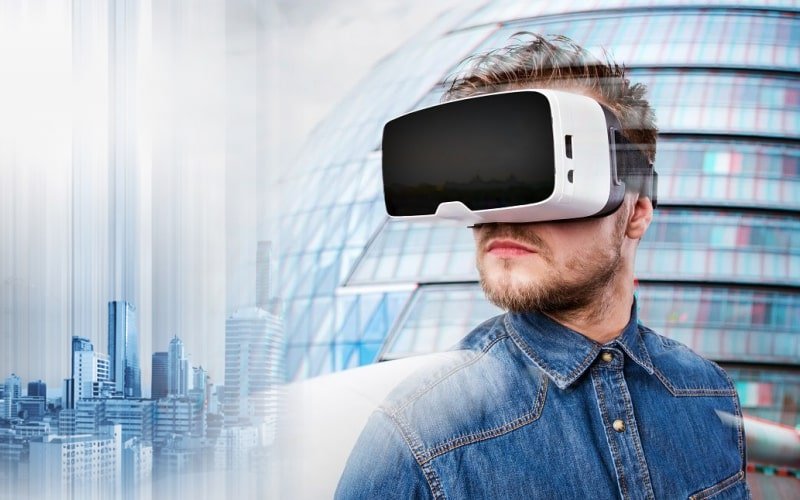
Computer-Generated Architecture
Augmented Reality
AR is based on augmenting virtual information and merging aspects of the computer-generated world, into the existing environment of a user. Users immersive themselves into an AR experience, to achieve an improved reality where virtual objects and real-life elements can co-exist with each other.

Projection-Based Augmented Reality
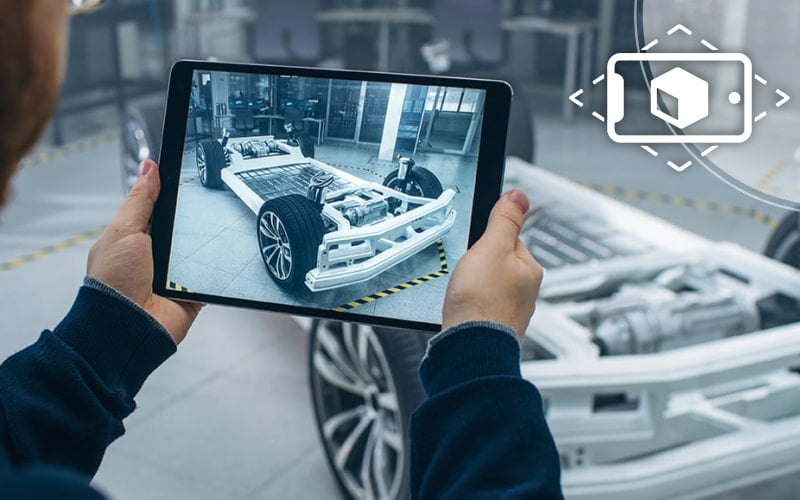
Superimposition Based Augmented Reality

Marker Based AR

Markerless Based AR
What’s The Difference?
It is human nature to assume that these both types of reality as equally similar, and do provide comparable applications for users to enjoy, but it is important to know where they differ. While they hold the ability to allow users to co-exist with a virtual world, they differ based on the immersive experience offered and our sense of perception.
To summarize, the main use of virtual reality is to completely transpose the user into a different world and focus our presence on a fully immersive computer-generated reality.
Augmented reality, however, applies virtual elements to the world already existing and augments our state of presence, digitally manipulating a given environment.
AR does provide more freedom to users without using a head-mounted display as virtual reality users do.
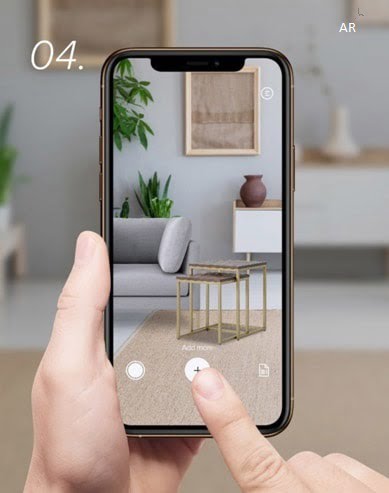
Get in touch
Transform your business to the next level.

